Each activity has its own supply needs, of course, but in this post we describe the “essentials.” Versatile, reusable items that have proven useful in almost all club modules run. Plus, they can be obtained for cheap or even free!

Eye Protection
Eye protection is a non-negotiable item for your toolbox. Fortunately, child-sized safety glasses with polycarbonate lens are readily available for $1.25 or less. Children find them more comfortable than goggles and are more likely to keep them on. You’ll want to have a few pairs of inexpensive goggles on hand for children who wear glasses.
Cafeteria Trays
Cafeteria trays are an invaluable addition for your science club. You can often find them for less than two dollars each on Amazon if you don’t care about exact size or color. Why cafeteria trays?
- Raised sides contain spilled liquids, and keep small pieces from rolling away or getting lost.
- Supplies for activities can be sorted and prepared ahead of time, and are easily distributed to participants.
- Trays are easy to wash, and stack efficiently for storage.
- Strong enough to hold the weight of any activity’s equipment.
Name Badge Holders & Lanyards
These can be obtained inexpensively in bulk, 50 to 100 count, either as a unit or separately. Depending how many workshops and conferences you attend, you may even end up with a handful left over for free each year. I prefer the one-hole, standard business card size. Why?
- Unlike stick-on name badges these cannot fall off and are reusable.
- Identify children until you get to know them. This is particularly helpful for your volunteers.
- Take attendance without a roll call. Children who don’t take their badges are absent.
- Identify grade level for multi-age groups, also useful for your volunteers who may not know the children well.
- Save time, and controversy, by dividing children into groups ahead of time. Indicate groups by putting tags into the badge holders behind their name tags.
- Students often have trouble following rotation order between stations, especially after several rounds. You can place rotation order in the badge holder.
- Instructions for games and activities can be added to the name badge holder. For example, you could designate students as specific nucleotides for a DNA building game.
- Holders can be wiped clean, and last for years.
Mushroom Boxes
The thin, plastic containers typically used for 8 oz. of mushrooms make excellent bowls for organizing and holding small equipment and supplies for activities. Made out of polyethylene terephthalate (PETE) these boxes are very tough, washable, and stack together compactly for efficient storage and the price is right! An upcoming Toolbox post will discuss the bounty of useful containers that can be reclaimed from things you are already buying.
Two Ounce Cups & Little White Spoons
The little sample cups with spoons are exceptionally useful items, easy to wash and store. Children can use those little spoons to deliver very small amounts of powders, something hard for them to do with larger spoons.
Dropper Bottles
Dropper bottles are a good choice when students are to deliver small and accurate amounts of liquid. They offer the added advantage that the liquids can’t spill if the bottle is dropped or tipped over. Although they can be purchased relatively inexpensively, you can clean and reuse dropper bottles from contact lens solutions and eye drops. As with any repurposed container you must remove all labels before filling.
Syringes
Calibrated, plastic syringes without needles provide a way for students to add larger amounts of liquids accurately and cleanly. These are available inexpensively, much less costly than graduated cylinders. Syringes that deliver 1-3 ml of medicines can be washed and reused.
Rulers
Standard twelve inch plastic rulers marked in centimeters and millimeters are adequate for almost any purpose. A good time to get these is in September when stores that carry school supplies are putting their unsold items on clearance. This is also the best time to find other supplies like small bottles of white glue, pencils, drawing compasses, colored paper, scissors etc.
Calculators
Simple four function calculators allow the students to handle the arithmetic requirements for activities without taking up too much of your meeting time. These can be found for few dollars, and often much less during school supply clearance sales. I’ve been using little calculators I purchased for a quarter each (yes, 25¢!) for a dozen years now.
Sheet Protectors
Put instructions, pictures, and charts in protectors during activities to protect them from spills. If you include a piece of cardstock or chipboard (cereal box) the sheets are also protected from bends and creases. Store the instructions and pictures compactly by placing many sheets in one sheet protector after the activity. A box of sheet protectors will provide years of service.
Are there other supplies you’ve found to be truly indispensable in your experience? Know any particularly good sources for the above supplies that we didn’t mention? Let us know in the comments or drop us an email!


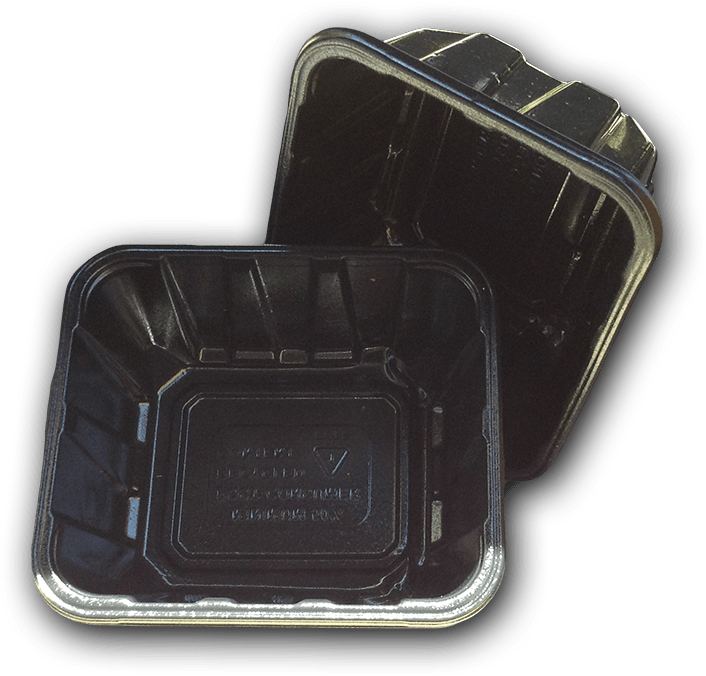

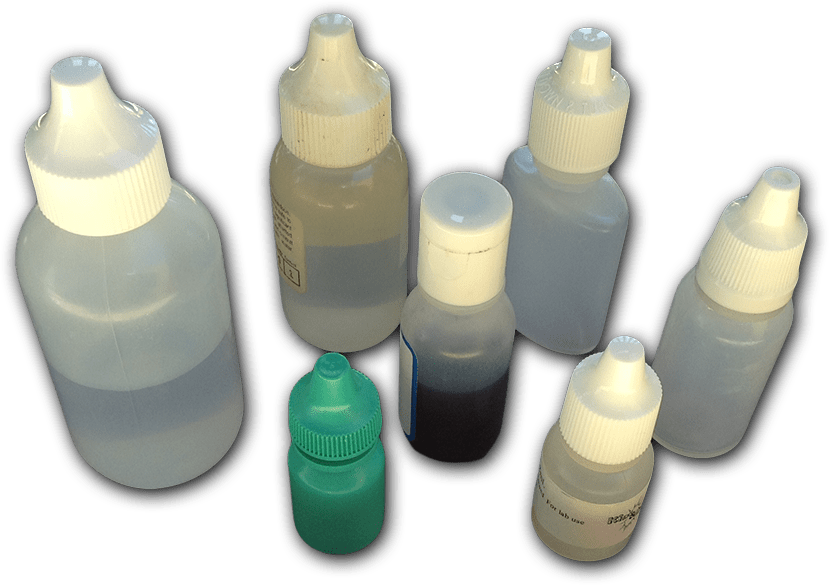
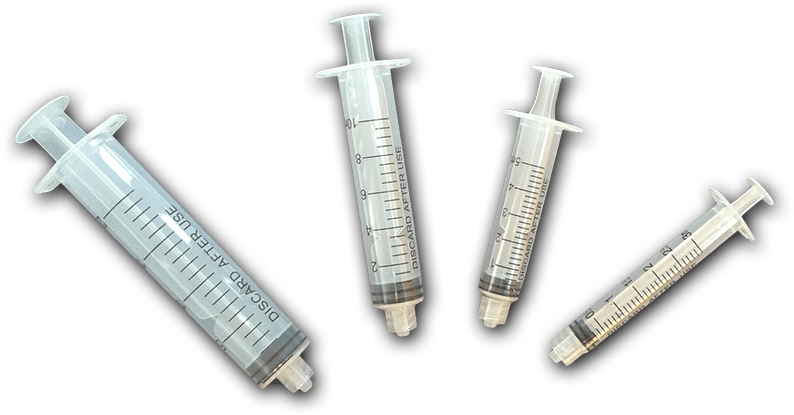

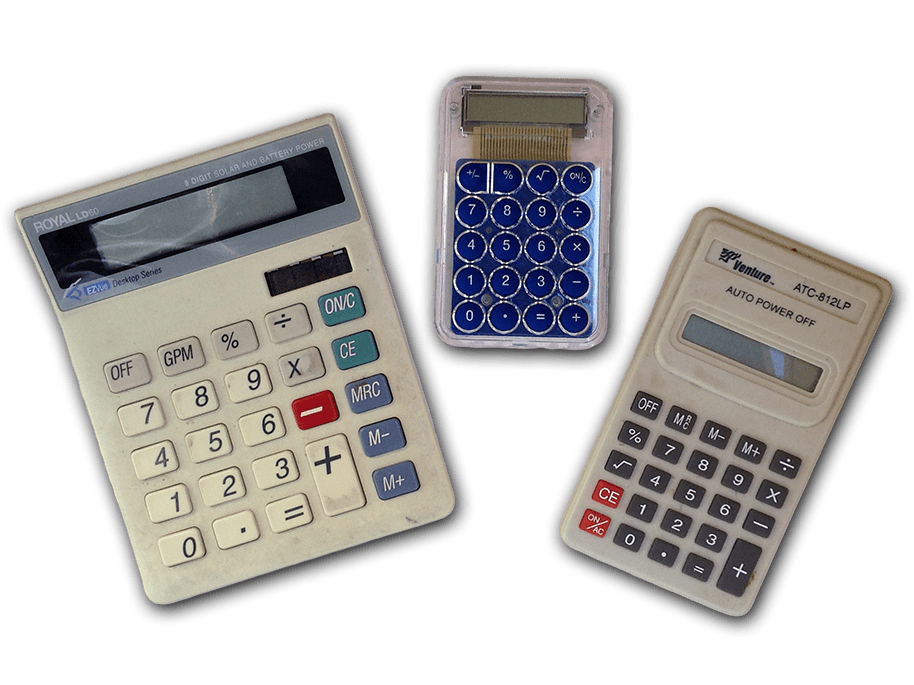
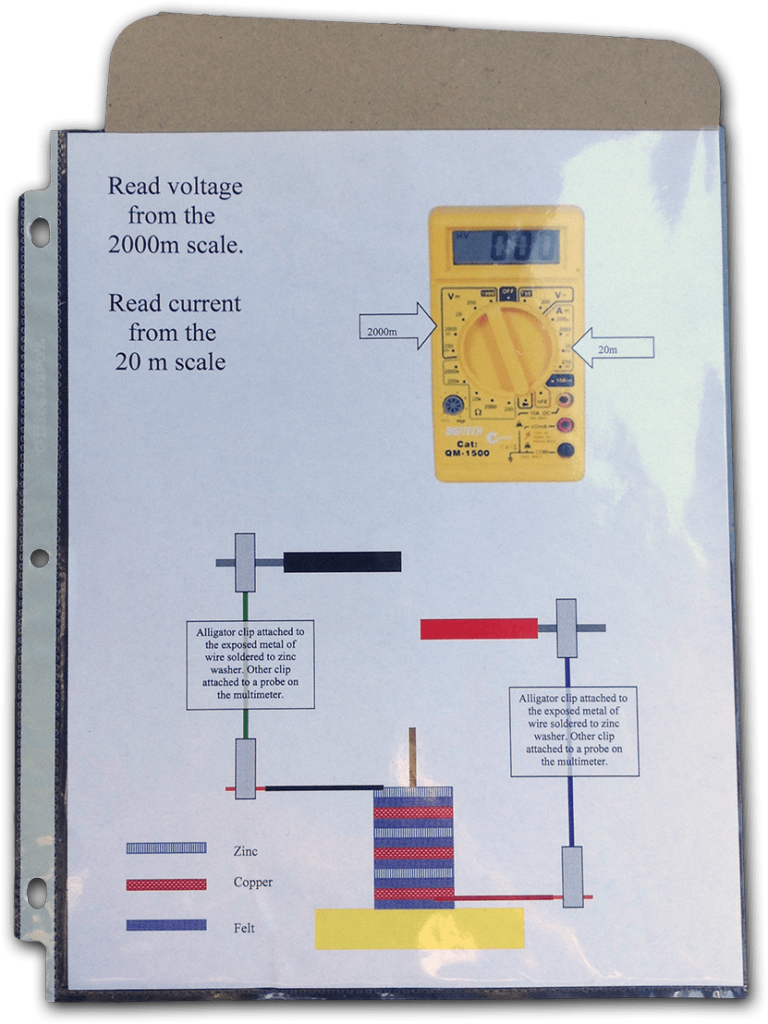
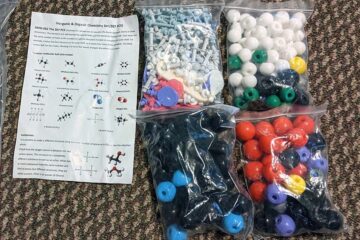
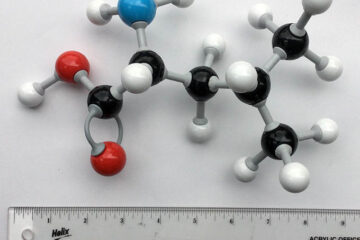
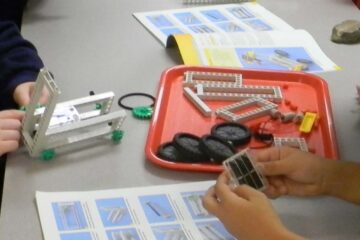
0 Comments